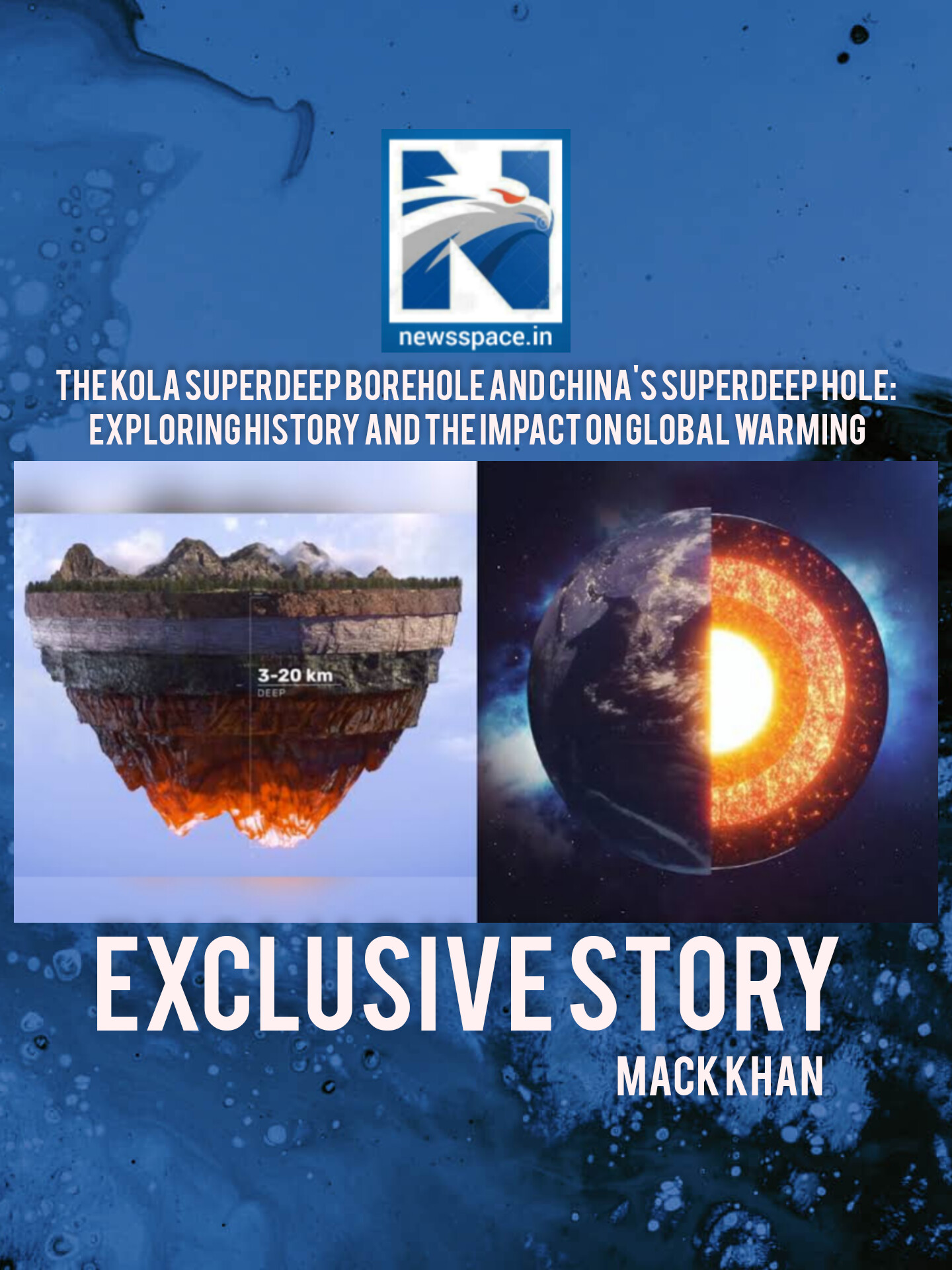
Mack Khan
The Kola Superdeep Borehole and China’s Superdeep Hole are two remarkable achievements in the field of scientific exploration. These deep boreholes have allowed scientists to delve deep into the Earth’s crust, uncovering valuable information about our planet’s history and structure. However, they have also raised concerns about the impact on global warming.
Kola Superdeep Borehole
The Kola Superdeep Borehole, located on the Kola Peninsula in Russia, is the result of a scientific drilling project that began in 1970. The goal was to drill as deep as possible into the Earth’s crust and gather valuable geological data.
Over the course of several years, the borehole reached a depth of 7.5 miles (12 kilometers), setting a world record for the deepest man-made hole. This achievement provided scientists with unprecedented access to the Earth’s crust and allowed them to study various geological phenomena.
Benefits of the Kola Superdeep Borehole:
- Understanding Earth’s formation: By examining rock samples and studying seismic activity, scientists gained valuable insights into the Earth’s formation and the processes that shaped our planet.
- Discovering new life forms: At depths previously thought to be uninhabitable, scientists discovered microorganisms that thrive in extreme conditions. This discovery opened up new possibilities for the existence of life in other extreme environments, such as Mars.
- Advancing geothermal energy: The Kola Superdeep Borehole provided valuable data on geothermal energy potential, which has the potential to be a sustainable and renewable energy source in the future.
Losses of the Kola Superdeep Borehole:
- High cost: The project required significant financial investment, with ongoing maintenance costs even after its completion. This limited the number of similar deep drilling projects around the world.
- Environmental concerns: The drilling process and disposal of drilling waste raised concerns about potential environmental impacts, including contamination of groundwater.
China Superdeep Hole
China’s Superdeep Hole, also known as the Chinese Continental Scientific Drilling, is another impressive scientific endeavor. Located in the Sichuan province, this borehole aims to explore the deep structure and tectonic processes of the Earth.
Although it has yet to surpass the depth of the Kola Superdeep Borehole, China’s Superdeep Hole has already provided valuable insights into the Earth’s crust and mantle.
Benefits of China Superdeep Hole:
- Understanding earthquake mechanisms: The borehole allows scientists to study seismic activity and gain a deeper understanding of earthquake mechanisms. This knowledge is crucial for improving earthquake prediction and mitigation strategies.
- Unveiling deep Earth processes: By analyzing rock samples and monitoring geophysical parameters, scientists can unravel the mysteries of deep Earth processes, such as plate tectonics and mantle convection.
- Resource exploration: The data collected from the borehole can help identify potential mineral and energy resources, aiding in sustainable resource exploration and utilization.
Impact of Deep Boreholes on Global Warming:
While the Kola Superdeep Borehole and China’s Superdeep Hole have provided invaluable scientific knowledge, there are concerns about their impact on global warming. The drilling process releases large amounts of carbon dioxide, a greenhouse gas that contributes to climate change.
It is essential for future deep drilling projects to prioritize sustainable drilling methods and minimize environmental impacts. Additionally, the knowledge gained from these projects should be utilized to address and mitigate the effects of global warming.
Conclusion
The Kola Superdeep Borehole and China’s Superdeep Hole have revolutionized our understanding of the Earth’s crust and deep geological processes. They have provided invaluable insights into our planet’s history and potential resources. However, it is crucial to balance scientific exploration with environmental concerns, particularly in relation to global warming. By employing sustainable drilling practices and utilizing the knowledge gained, we can continue to expand our understanding of the Earth while minimizing our impact on the environment.





